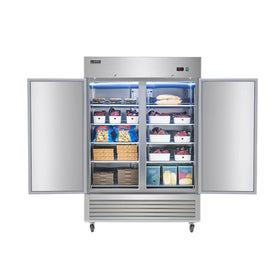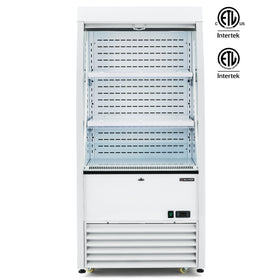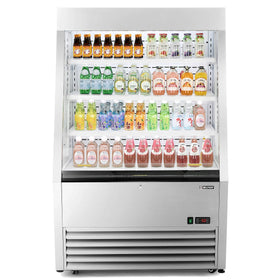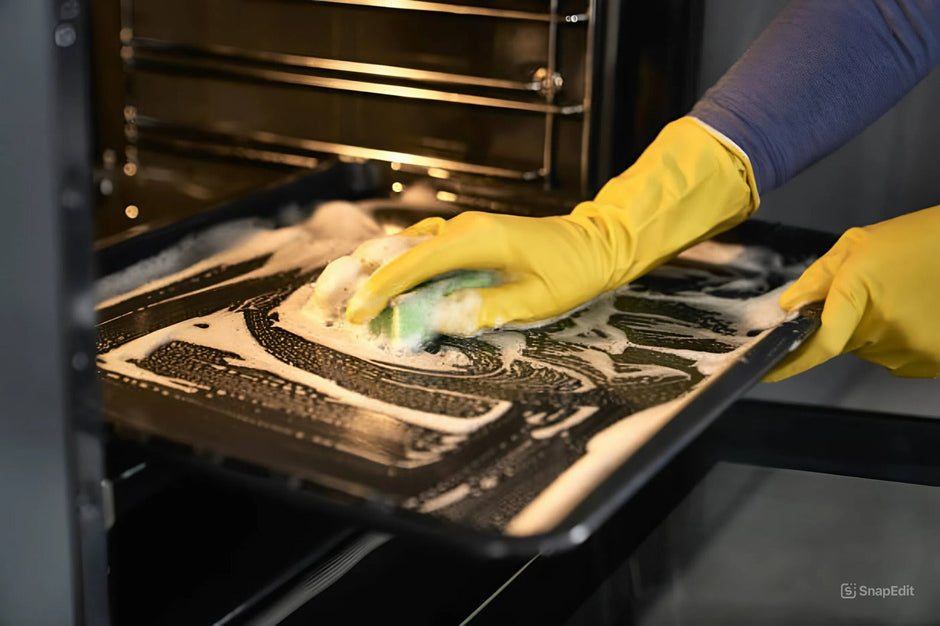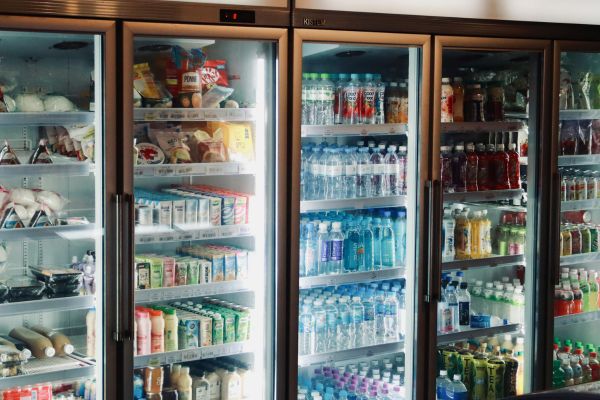The best way to extend the lifespan of your refrigerator, reduce energy consumption, and prevent costly repairs is to maintain it properly. But in order to carry out proper maintenance on your refrigerator, you need to understand how it works.
Whether you're dealing with power usage, leaks, or disposal, knowing the answers to these common fridge questions will keep your appliance running smoothly for years to come.
Why Might a Refrigerator Be Leaking Water?
When your refrigerator starts leaking water, this is a sign that something is wrong. Here are some common causes of water leakage in a refrigerator:
- The defrost drain is blocked
- The door seals are broken
- The water line is leaking
- The drain pan is full
If your fridge is leaking water from underneath, it is most likely the defrost drain is blocked, the water line is broken or the drain pan is full.
1. Blocked Defrost Drain
All refrigerators have a defrost system that prevents ice buildup. If the drain that carries water from the defrost cycle gets clogged, the water may spill out inside the fridge or freezer, and then leak out.
To fix a blocked defrost drain
- Locate the drain. It is usually at the bottom of the fridge or freezer, near the back
- Clear the clog using a small brush, pipe cleaner, or a turkey baster with hot water
- Pour hot water down the drain to melt any ice buildup and clear debris
- Check the drain pan to ensure it is correctly positioned and not overflowing.
2. Broken Door Seals
When a door seal is damaged or worn out, warm air gets into the refrigerator. The warm air then causes condensation which results in water forming and pooling inside. If unchecked, the water will start leaking out.

What to do When Your Refrigerator Door Seals are Broken
- Inspect the seals for cracks, tears, or gaps. The seals might be damaged and need to be replaced or dirty and need to be cleaned.
- If damaged, take the following steps to replace the door seal.
- Make sure the replacement seal matches the model and size of your refrigerator.
- To replace, remove the old door seal and press in the new one.
If dirty, take the following steps to clean
- Wipe the seal with warm soapy water and a soft cloth
- After replacing or cleaning, check for air leaks by placing a piece of paper across the
- fridge door and closing it. Then try to pull the paper out
- If you can pull the paper out easily, the seal may need further cleaning or adjusting
- If you cannot pull the paper out easily, the seals are airtight and your job is well done
3. Leaking Water Line
If your fridge has an ice maker or water dispenser, water could also be leaking because a water line is cracked or disconnected.

Fixing the Water Line
To fix the water line on your refrigerator, start by turning off the water supply and unplugging the refrigerator. Then follow these steps:
- Locate the leak. It might be coming from the water line itself or a connection. Look for cracks, holes, or loose fittings.
- If the leak is a result of a loose connection, use a wrench to tighten the fittings between the water supply and the fridge.
- If not, then you might have to replace the water line. To replace, cut the old line with a pipeline cutter and replace it with the new one. Make sure the new water line matches the old one in length and diameter
- Then reconnect the water line to the fridge and water supply turn on the water supply and plug the fridge in.
- Then check for any leaks and make sure everything is sealed properly.
4. Full Drain Pan
The drain pan is located at the bottom of the fridge and it collects water from the defrost process. If it becomes full or misaligned, water leakage is inevitable.
- If the drain pan is full, carefully slide it out (be gentle and avoid breaking it), empty and clean it using warm soapy water, and slide it back under the refrigerator.
- If the pan is broken, you might need to fix it.
Then plug the fridge back in and check to make sure the pan is positioned properly.
How Long Does a Refrigerator Last?
A good-quality refrigerator can last anywhere from 10 to 20 years, depending on how well it’s maintained. Newer energy-efficient fridges may last 15 years or more, but many users agree that older models, such as those from the 1980s and 1990s, tend to last longer. However, they are less energy-efficient than modern models.
To extend the lifespan of your refrigerator,
- clean the coils regularly,
- check the door seals
- ensure the temperatures do not fluctuate too frequently.
Also, when your refrigerator starts nearing the end of its life, it might require frequent repairs. At this point, the more cost-effective option might be to invest in a new one.
How to Dispose of an Old Refrigerator?
Properly disposing of your refrigerator is crucial, both for environmental and safety reasons. Here are 3 ways you can get rid of your old refrigerator in a safe and proper way:
1. Contact Your Local Waste Disposal Service
Check with your local waste collection agency to find out how to schedule a pickup.
2. Find a Local Recycling Center
Refrigerators contain materials like metals, plastics, and refrigerants that can be recycled. Find a local recycling center that accepts old appliances.
3. Check for a Retailer or Manufacturer Take-Back Program
When purchasing a new fridge, some retailers offer take-back programs for your old one. They’ll pick up and dispose of your old unit properly when they deliver your new one.
Before disposing of a fridge, make sure to remove all food from the fridge and ensure that the appliance is properly emptied of refrigerants. Refrigerants must strictly be handled only by certified professionals.
7. How Long Does It Take for a Refrigerator to Get Cold?
Generally, it takes about 4 to 6 hours for a refrigerator to cool down after being plugged in. However, it may take up to 24 hours to achieve the ideal temperature for storing food.
An effective strategy to speed up the cooling process is to keep the fridge door closed as much as possible so the cool air is retained inside.
Get an Energy Efficient Model
If your fridge is on the older side and starting to show signs of wear, consider upgrading to an energy-efficient model that’ll save you money in the long run. Stay cool, and happy chilling!
About Wilprep Kitchen
Wilprep Kitchen is a leading provider of reliable commercial kitchen equipment, including refrigerators, food warmers, commercial ranges, and industrial ovens.
Their collection of commercial refrigerators includes display refrigerators, reach-in units, and open-air models to meet the diverse needs of businesses.
If you own a small business that sells beverages, bottled products, or other display items, Wilprep Kitchen’s glass-door refrigerators provide the perfect blend of efficiency, durability, and visual appeal to help you grow your business.


